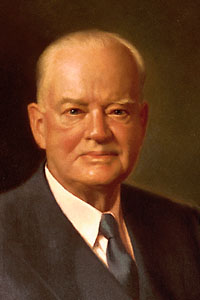“I have watched with genuine admiration the steady and unmistakable progress made in the rehabilitation of Palestine which, desolate for centuries, is now renewing its youth and vitality through the enthusiasm, hard work, and self-sacrifice of the Jewish pioneers who toil there in a spirit of peace and social justice. It is very gratifying to note that many American Jews, Zionists as well as non-Zionists, have rendered such splendid service to this cause which merits the sympathy and moral encouragement of everyone.”
Source: Israel’s Struggle for Peace. Israel Office of Information, New York, 1960, p.155
November 4, 1928
“Palestine Upset over Immigration Restriction of laborers held necessary, but persons of Means are wanted. Revenues show increase. Treasury would have surplus had not wiping out of one deficit created another.
The question as to what policy should be adopted in regard to immigration has for a long time been one of the most acute problems with which the Palestine government has found itself confronted. Should it allow an unrestricted influx of all classes? Should it close its doors entirely or should. It limit the right to enter to certain elements only? According to present regulations immigrants into Palestine are divided into two classes: those entering as laborers with certificates obtained through the agency of the Zionist Executive and those who are admitted on direct application to the immigration authorities. The Zionist executive must furnish a guarantee to maintain for at least one year ach person to whom it issues a certificate. In the chief immigration officer is vested the power of deciding how many such labor certificates should be issued by the government to the Executive.
Restrictions Due to Unemployment.
Due to the economic depression and vast amount of unemployment, no certificates on the labor schedule have been granted since September, 1927. At the present time the Zionist Executive has again made application to the government for the granting of 1,2000 certificates.”
November 4, 1928 New York Times by Joseph M. Levy
